The growth of the EV market has clearly slowed this year, General Motors President Mark Reuss said during a media confab, but sales are still on the rise and GM continues planning to gain ground, even as it delays some product launches. A critical step will be driving down prices, even as profitab
ility improves, said Reuss, who oversees GM’s product development efforts.

GM President Mark Reuss is shown during a visit to Factory Zero, the automaker’s first dedicated EV plant, in Detroit.
The U.S. EV market is “still growing. It’s growing at a little bit slower pace, but it’s not not growing,” declared GM President Mark Reuss during an appearance at the annual Management Briefing Seminars in Traverse City, Michigan.
The largest of the Detroit automakers has laid out big plans for the EV market, Reuss’s boss, CEO Mary Barra, repeatedly declaring the company is “on a path to an all-electric future.” But while she originally targeted 2035 for that transition, Barra has sent signals of late indicating the timing could be pushed back a bit, several key model launches already being delayed while GM gets set to launch new plug-in hybrids.
But GM isn’t giving up on EVs, Reuss made clear during his appearing at the Traverse City event, widely known as the MBS. It just needs to hit several key goals, namely making battery-cars more affordable, even as it improves their profitability.
Tough challenges
Meeting those targets won’t be easy. While virtually every automaker now has entered the EV space, only Tesla currently makes money on its all-electric models. GM’s cross-town arch-rival Ford went about $130,000 into the red on every EV it sold during the first quarter and didn’t do much better in the second. GM losses weren’t nearly as bad, but it’s burning through cash at a rapid pace as it brings out more product – and continues to rebuild its manufacturing infrastructure to handle them.
Along with the lack of a readily available public charging network, the high cost of EVs is routinely cited as a key reason sales growth has slowed. The average all-electric model had a transaction price, or ATP, of $56,371 in June, compared to $48,644 for the typical gas model, according to KelleyBlueBook.
Closing the gap
GM certainly contributes to that gap with its current line-up. It’s getting ready to roll out the $300,000 Cadillac Celestiq and even Caddy’s first EV, the Lyriq, starts at $58,590 – including delivery fees. Even the mainstream Chevrolet Blazer EV starts at $36,795.
But the bowtie brand is taking aim at buyers on a budget with two more affordable models. Before factoring in delivery fees, the Equinox EV will start at $34,995 when the base 1LT FWD trim is added in the coming months. And while GM hasn’t revealed pricing yet, the second-generation Chevrolet Bolt EV is widely expected to start at or under $30,000. Factor in $7,500 in federal incentives and they suddenly compare favorably with anything in their class using an internal combustion engine.
While that’s great news for potential EV buyers, the challenge for GM will be to start earning money on vehicles yielding far lower transaction prices. But Reuss is optimistic. The automaker will “be profitable at that and get into the really low-end part of that market,” he said during his presentation at the MBS.
More GM EV News
- Cadillac Likely Won’t be All-Electric by 2030
- GM Begins Shipping Batteries from 2nd Plant
- First Drive: 2024 Chevrolet Blazer EV
How GM plans to get there

The Chevrolet Bolt was GM’s best-selling EV. An all-new version is set to arrive in the coming year as the automaker’s entry EV.
Like the rest of the industry, GM had to tear up its playbook as it became clear EVs would become a major part of its future. If anything, it’s now on version 2.0 of that new strategy.
It’s rejigging its product line-up, for starters. CEO Barra approved the development of some plug-in hybrids – widely expected to focus on larger SUVs and pickups where payload and towing demands create range issues. They’ll begin rolling out in 2026.
Some EV projects have been delayed, notably the first all-electric model in the U.S. for the Buick brand. And GM has pushed back the reopening of a second plant scheduled to build both the Chevy Silverado EV and the GMC Sierra EV.
Revised manufacturing strategy

GM is delaying the reopening of a suburban Detroit plant set to build the Silverado EV – along with Factory Zero where the electric pickup is already in production.
The delay at the Orion Township, Michigan facility gives the automaker the opportunity “to better manage capital investment while aligning with evolving EV demand.” A statement released late last yearalso noted that GM is making engineering revisions that should help lower costs and “increase the profitability of our products.”
Some competitors are making significant changes to the very underpinnings of their electric vehicles. Stellantis has gone with “multi-energy” platforms capable of using a variety of different powertrains – from all-gas to all-electric. GM’s Ultium platforms remain dedicated to EVs alone. But it is now gearing up some of its factories to produce a mix of powertrains that can include gas, hybrid, PHEV and EV.
“The agility road map, once you get past the initial spend of that, is pretty good and pretty efficient,” Reuss explained. It’s particularly critical considering some recent studies have warned that dedicated EV plants will struggle to reach profitable capacity utilization levels over the next decade. Flexible plants can more readily adapt to market demand and push up output.
Cheaper batteries
To a significant degree, GM – and the rest of the industry – also will have to depend on outside suppliers to help drive down costs for everything from semiconductor chips to the raw materials in their batteries.
The hunt for major new sources of lithium, in particular, has slammed the industry. Forecasts from the Boston Consulting Group and others had original anticipated lithium-ion batteries would drop to around $100 a kilowatt-hour by now. In fact, the figure was actually around $151 at the beginning of the year, according to Goldman Sachs. But that is now forecast to drop as much as 40% over the next couple years. Considering battery packs make up the single-largest expense in EV manufacturing, that alone could put some manufacturers in or near profitability.
And a new study by the International Council On Clean Transportation predicts that, when all is factored in, EVs should be on a par with the cost of comparable gas models by 2029.
GM has to hope that’s on target. But the company remains committed, said Reuss, concluding that, “We’re in it for the long haul.”

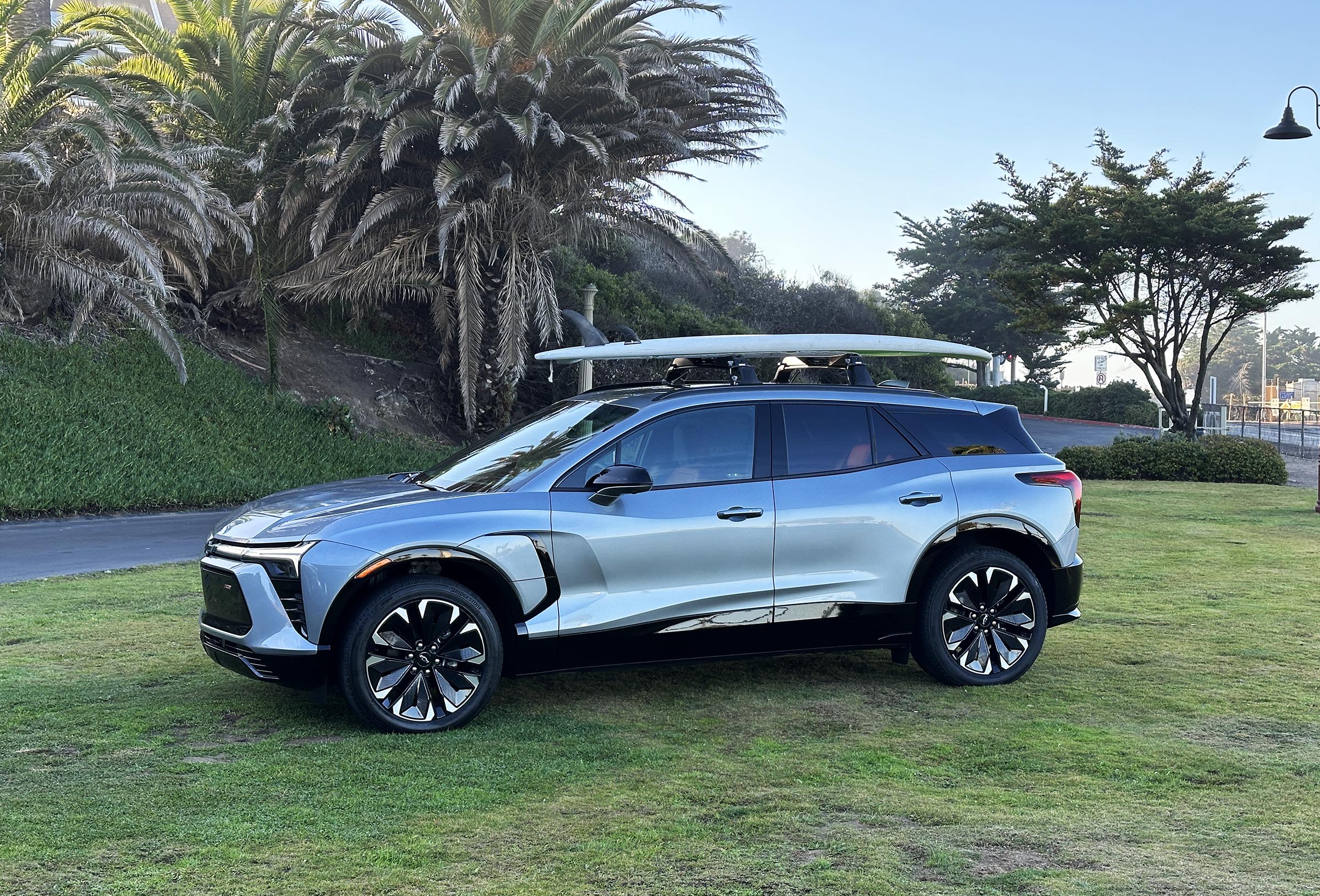
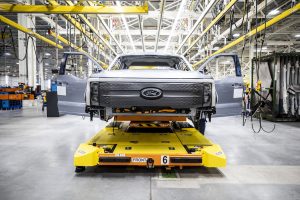
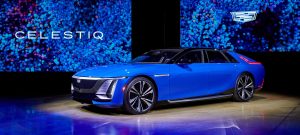
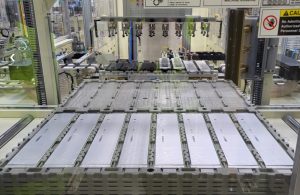
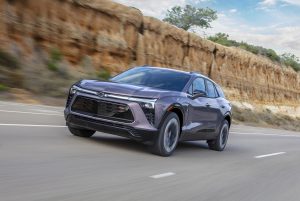

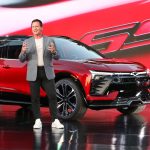
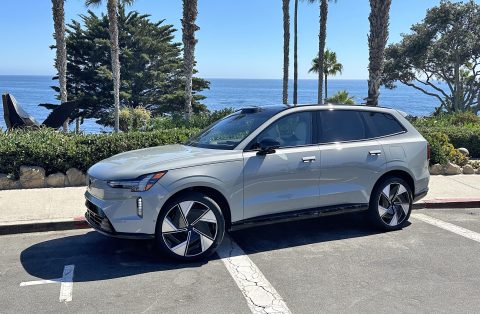
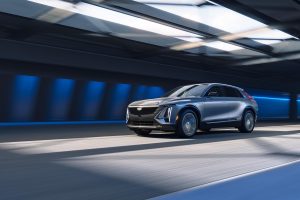

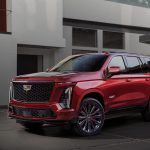
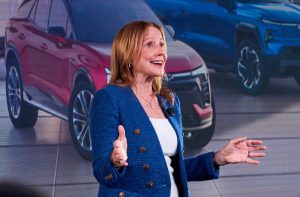

I think BEVs are a solution looking for a problem. BEVs are like red cars, but everyone doesn’t want a red car.
From nothing to nearly 10% of the market in five years…despite the limitations today. Studies show that motorists who drive EVs become significantly more likely to buy one. I count myself in that group. Will they go 100% in current form? Not a chance. Will they continue to grow at a reasonable clip? Yep, and all the faster as prices drop, range increases and charging times fall. Look at the growth of the public charging network, BTW, and it may surprise you. Between our house and cottage, about 45 miles, its gone from none to about 10 locations in the last 3-4 years.
Paul E.